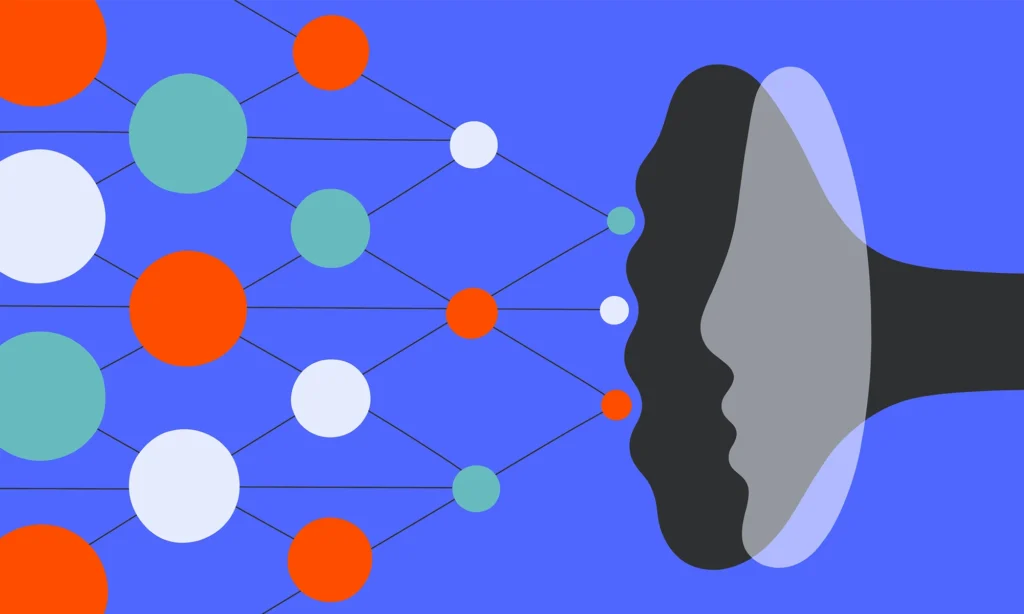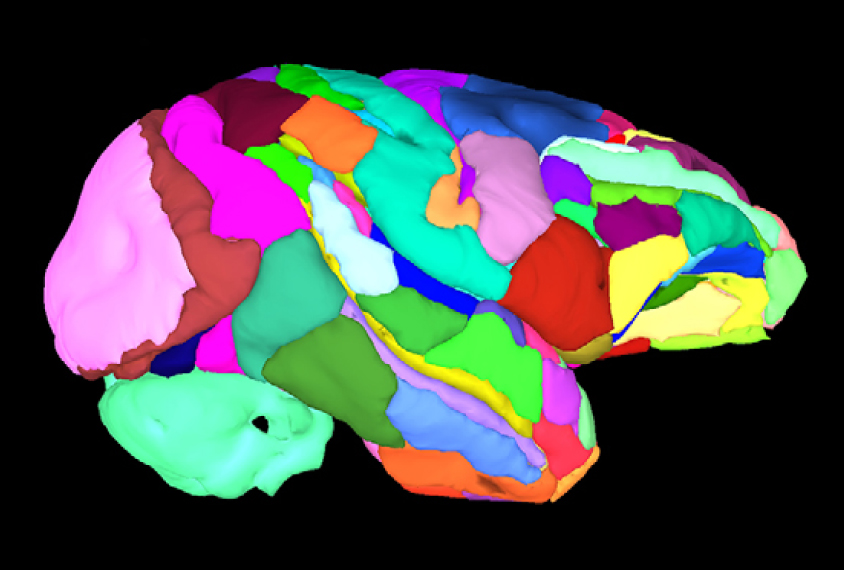
Tapestry of neural fibers enriches new map of monkey brain
A three-dimensional atlas of the rhesus macaque brain details the structural and functional boundaries between brain regions with unprecedented accuracy.
A three-dimensional atlas of the rhesus macaque brain details the structural and functional boundaries between brain regions with unprecedented accuracy. Researchers are enriching the map with yet another level of detail: the billions of neural fibers that connect these disparate regions.
They presented the unpublished results yesterday at the 2016 Society for Neuroscience annual meeting in San Diego.
Functional magnetic resonance imaging (fMRI) allows researchers to identify brain areas involved in certain behaviors. But delineating the boundaries of these areas is challenging because brains are bumpy and each one is unique.
To create the new atlas, researchers layered fMRI images onto detailed snapshots of labeled neurons throughout the monkey brain. Aligning these two types of data allowed them to delineate brain regions based on both their cellular constituents and neuronal activity.
They used these regions to develop ‘standard’ brains for monkeys of different sizes and sexes; researchers can use these brains as templates.
The atlas should help to remove some of the variability from brain imaging studies in monkeys, says lead investigator Kadharbatcha Saleem, staff scientist with the National Institutes of Health in Bethesda, Maryland. The resource could help researchers more accurately identify brain regions involved in social behaviors, which are altered in autism. Researchers released a similar atlas of the human brain in July.
Saleem and his colleagues published the 3-D atlas in the August issue of Cerebral Cortex and made it publicly available. Since then, they have been meticulously mapping the connections between brain regions in macaques. They do so by injecting tracers into different brain regions and following their paths through the brain. They plan to layer this monkey connectome onto the existing map.
So far, they have traced the connections between different regions of the cerebral cortex, the brain’s outer rind. The technique is more accurate than other methods of mapping neuronal connections, such as diffusion tensor imaging, Saleem says. The degree to which brain areas are connected, both anatomically and functionally, is thought to be altered in autism.
The team is creating an interface for the atlas that will allow researchers to click on a particular region in the macaque brain to see its cellular makeup, connections to other regions and likeness to the equivalent region in people.
For more reports from the 2016 Society for Neuroscience annual meeting, please click here.
Recommended reading
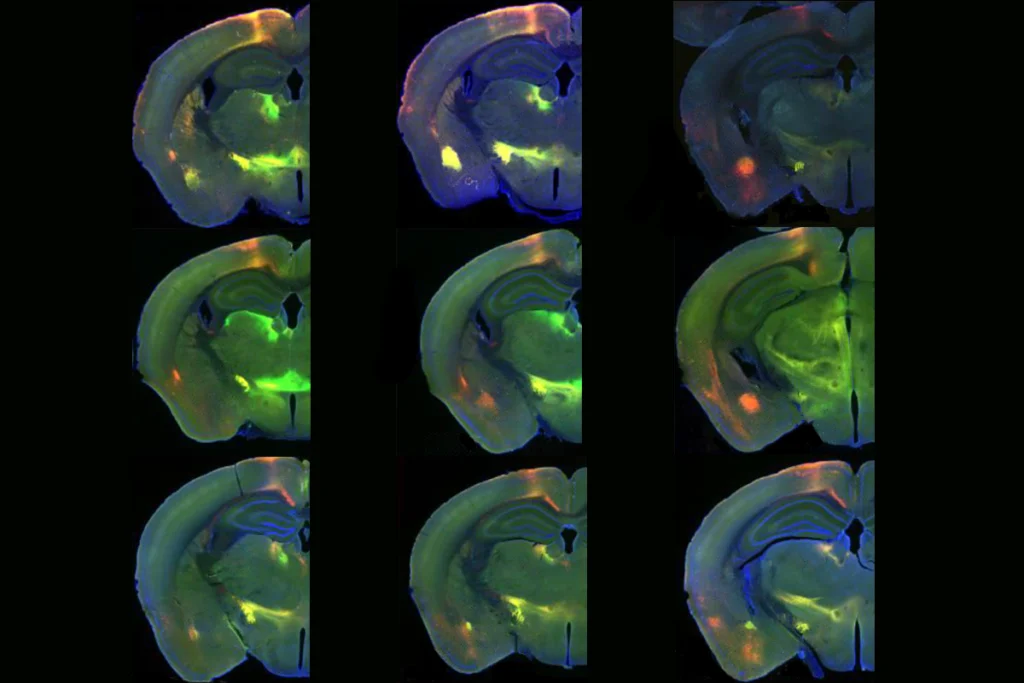
Newfound gene network controls long-range connections between emotional, cognitive brain areas
BCL11A-related intellectual developmental disorder; intervention dosage; gray-matter volume
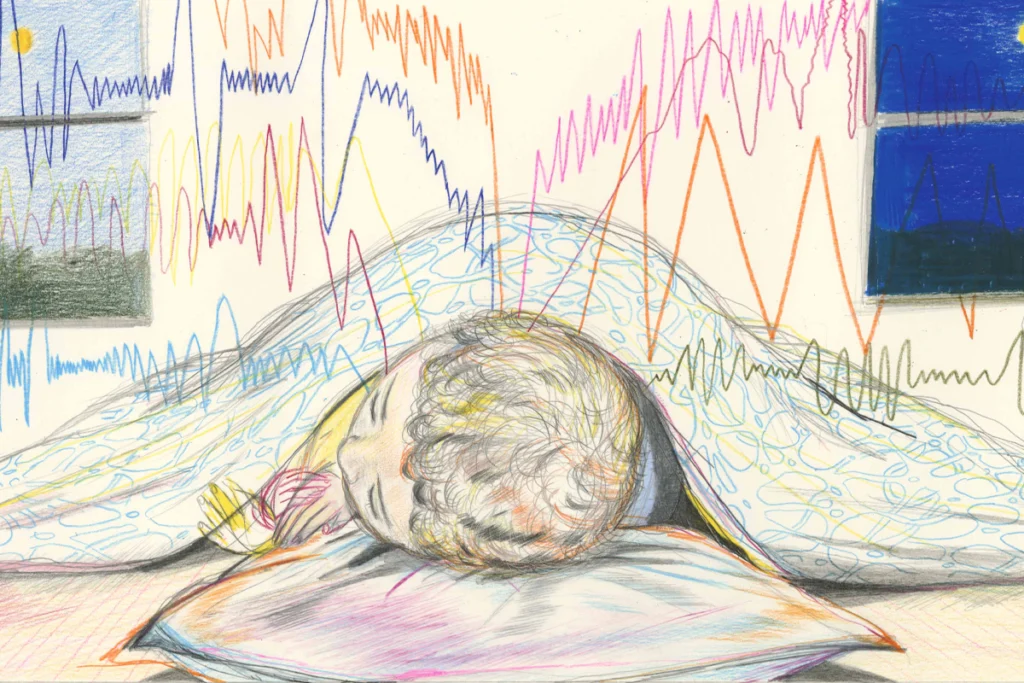
Exploring the connection between autism and sleep
Explore more from The Transmitter
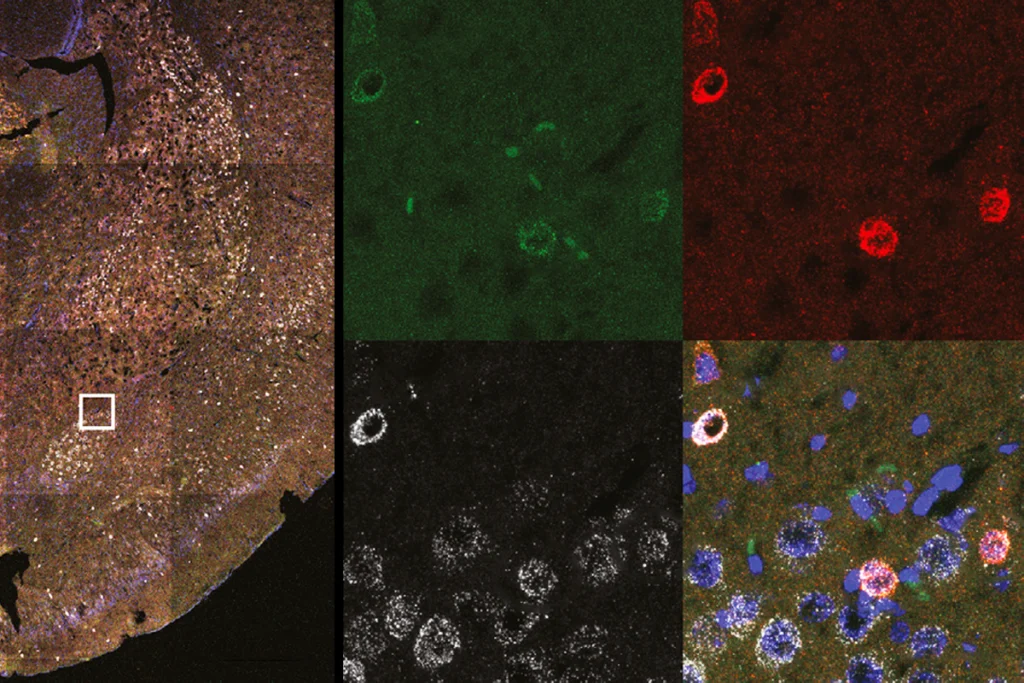
Stress warps fear memories in multiple ways
